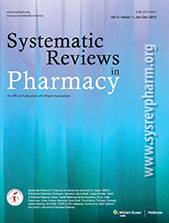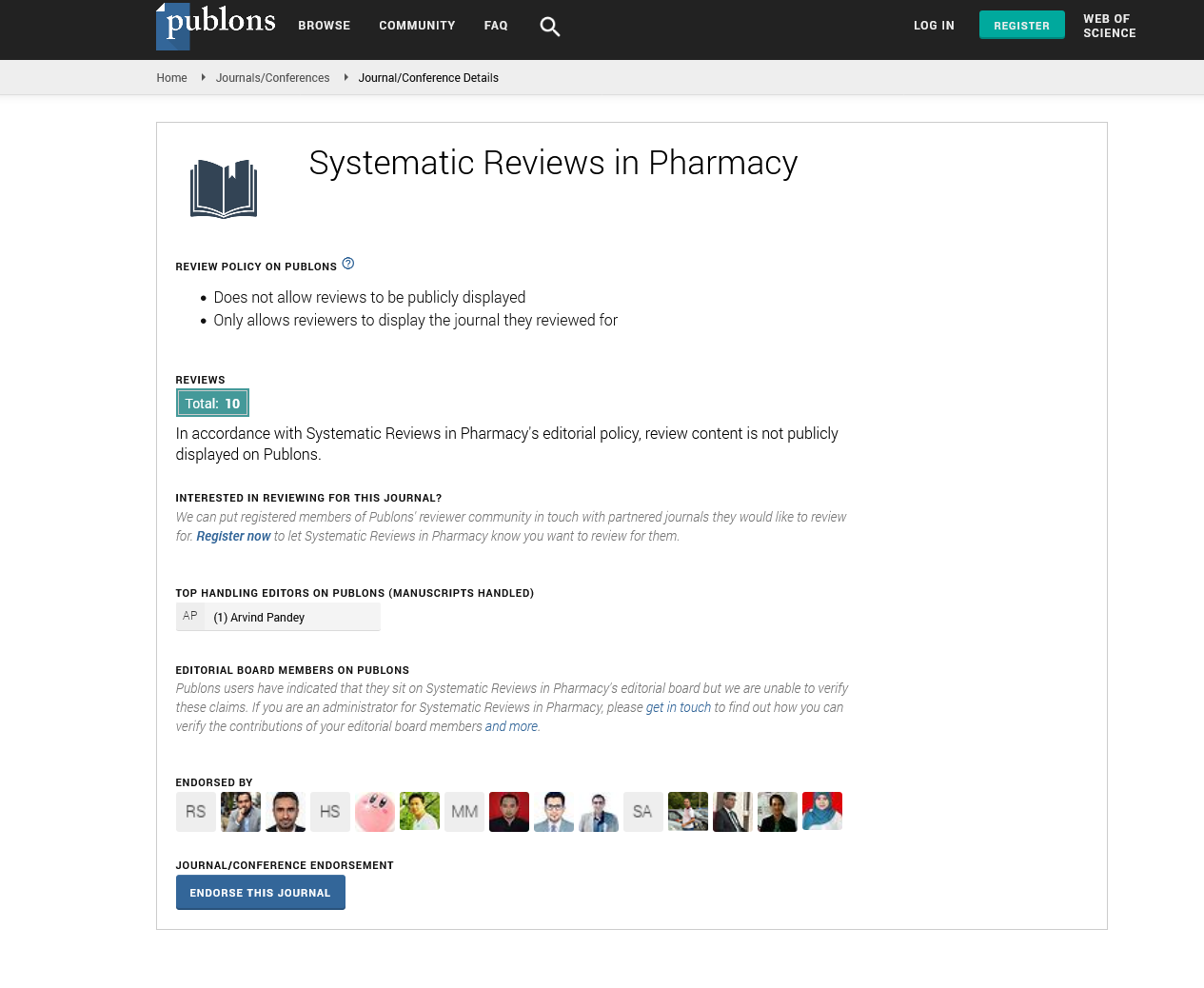A Comprehensive Review of Cardiac Amyloidosis: Advances in Diagnosis, Clinical Manifestations and Therapeutic Strategies
Abstract
Gulana Agayeva76772* and Narmin Islamova76773
Cardiac amyloidosis is a rare and often underdiagnosed infiltrative cardiomyopathy characterized by the deposition of misfolded proteins, known as amyloids, within the heart tissue. Symptoms of cardiac amyloidosis often mimic other forms of heart failure and include restrictive cardiomyopathy, arrhythmias and diastolic dysfunction. Diagnosis relies on a combination of echocardiography, cardiac Magnetic Resonance Imaging (MRI), nuclear imaging and tissue biopsy, with the latter being the gold standard.
Treatment strategies vary depending on the type of amyloidosis, ranging from chemotherapy and stem cell transplantation in Amyloid Light-chain (AL) to liver transplantation and novel pharmacologic agents in Hereditary Transthyretin-related Amyloidosis (ATTR). Despite advancements in treatment, the prognosis remains variable and early diagnosis is critical for improving outcomes. Further research into targeted therapies and early detection methods holds promise for better management of this complex disease.
The condition is diagnosed using echocardiograms, cardiac MRI, nuclear imaging and tissue biopsy. Chemotherapy and stem cell transplantation are common treatments for systemic AL amyloidosis patients. However, this aspect of the condition has not gained normative public attention. It is essential to conduct appropriate interventions as early as possible and address these open-ended issues later.






